
Texas is one of the few states that were once independent countries, and is quite proud of that. But just 16 years after becoming a U.S. state, it seceded in the Civil War. Today, Texans still sometimes speak wistfully of becoming their own country again, free of the dysfunction of Washington, D.C., and the big urban centers of the coasts. Is it all talk though? What would it take for Texas to secede again, and could they get away with it?

There are several scenarios where Texas might want to leave the United States. Whether they would actually make the attempt, or be allowed to leave, is another matter. 4 million Americans are set to retire this year. If you want to join them, click here now to see if you’re behind, or ahead. It only takes a minute. (Sponsor)
Key Points
Why Texas Seceded from Mexico

Texas was part of Mexico, but thinly populated. Land-hungry Americans migrating west began to cross the border and settle there, at first with the consent of the Mexican government. As the population increased and Mexico was going through financial and political instability, the government tried to tighten control over Texas and collect taxes from the local population. This touched off a rebellion that resulted in 10 years of independence for the breakaway state until it agreed to join the United States in 1845. Texas had the option to split up into as many as 5 states but chose to remain united.
The Mexican War
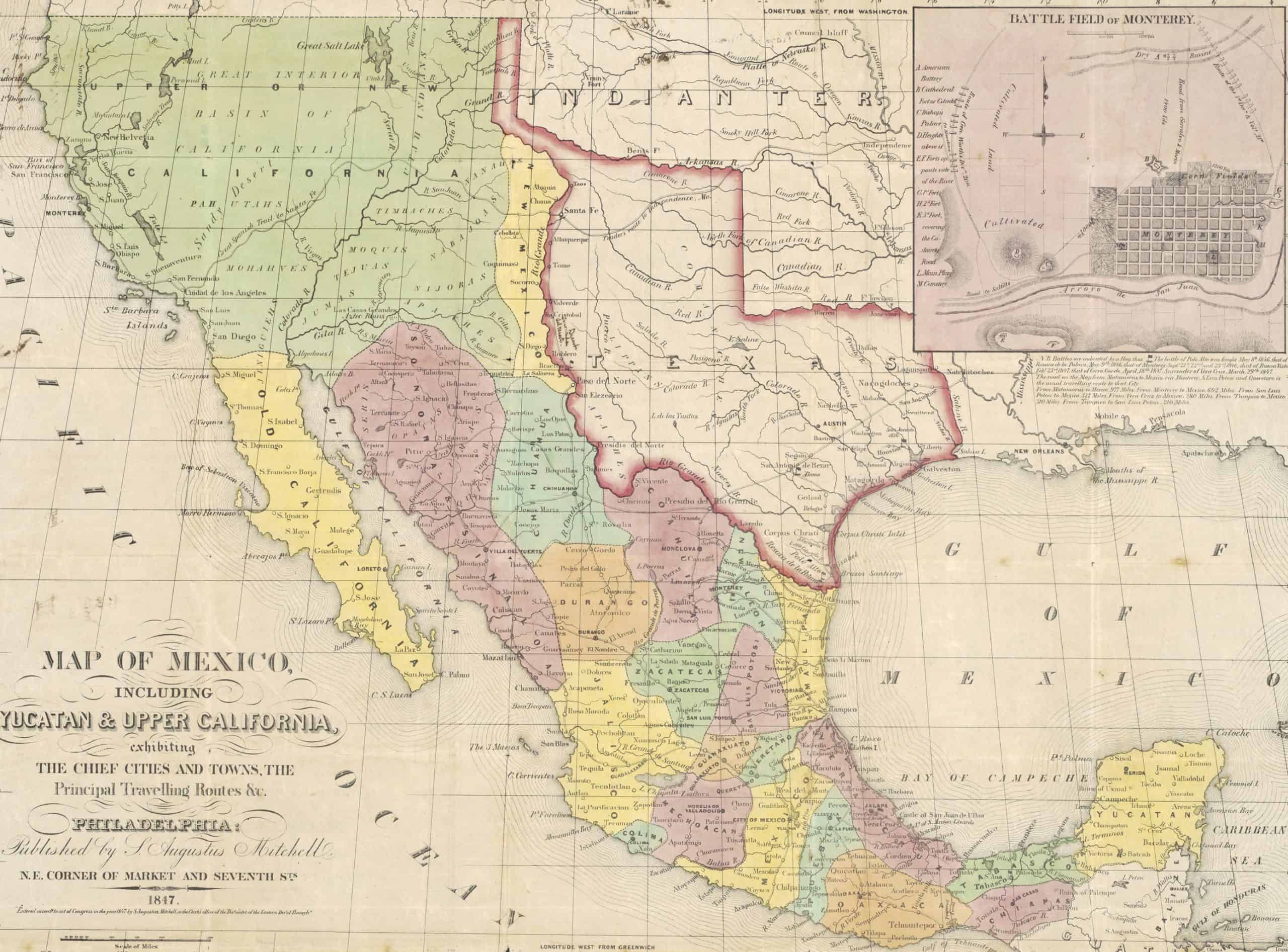
Peace didn’t last long. Disputes between the U.S. and Mexico over the border, and American desire to annex more Mexican territory, resulted in the Mexican-American War (1846-1848). The peace settlement resulted in the United States taking over about half of Mexico’s territory, which today makes up the states of the American Southwest. The big takeaway for this discussion is that it decisively confirmed the place of Texas as a permanent part of the United States, with its border at the Rio Grande. The U.S. showed that it was ready to fight to keep Texas . . . and it would do so again.
Why Texas Seceded from the U.S.
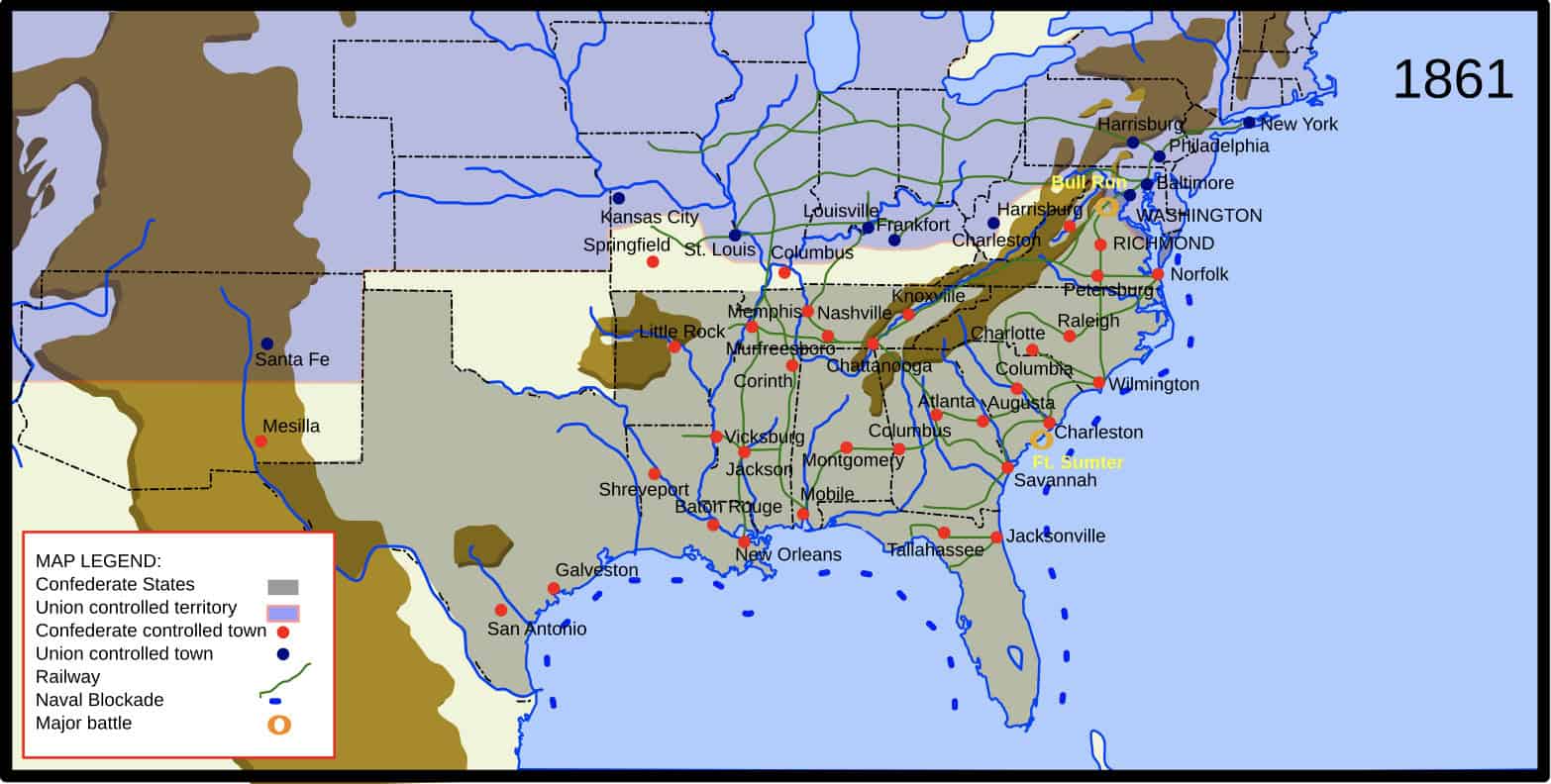
It might be surprising to realize that it was just 16 years later that Texas seceded along with the other southern states. So clearly, it was still uneasy with its position in the country, uneasy about the power of the federal government over their independent-minded people.
Slavery was a big part of it, of course, but it was not just a moral issue but one of economic and political power. Industrialization in Europe created a huge demand for Southern cotton, produced more economically with slave labor than it could be other places with paid labor. Slavery was generating enormous wealth for Texas and the rest of the South. This part of the country wanted a less-intrusive federal government and greater autonomy for the states, which was reflected in their choice to call their breakaway country a confederacy, not a federation.
All this was a lost cause, though. The Union won the war and forcibly reintegrated the southern states, having firmly established that the country would have a strong federal government and that once part of it, states had no right to leave it.
Three Situations Where Texas Might Leave

Having twice tried for independence and twice ended up part of the United States, could anything make Texas ever give it another shot? Texans have huge swagger, bragging about how “everything is bigger” in Texas, cheering “Remember the Alamo!” and taking pride in Texas beef, Tex-Mex food, their unique Texas drawl, cowboy culture, and innumerable other cultural and historical points of pride. What would it take for Texans to go beyond Texas-sized bragging to a third attempt at independence, though? Here are three possible scenarios:
1. Federal Overreach
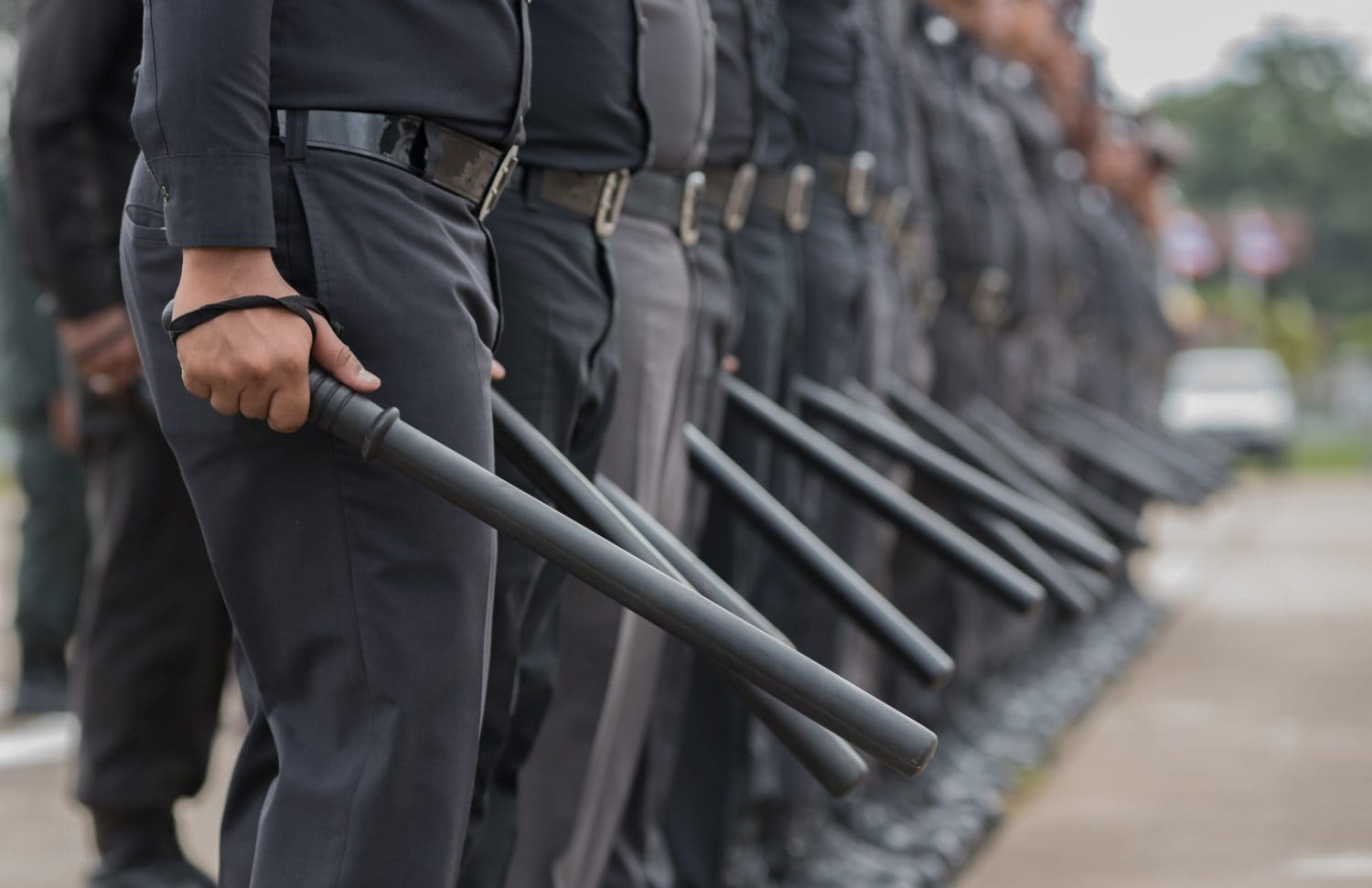
Texans might be incensed enough at the federal government to try to secede if new national policies strongly contradicted the values of most people in the state. Although Texas has pockets of liberalism, mainly in big cities like Austin, the state is overwhelmingly conservative. Honestly, its a little surprising they didn’t push back harder when the country legalized gay marriage or when some tight elections didn’t go their way. The key might be that those things don’t necessarily immediately and directly intrude on every Texan’s personal life. They may not always like some of those things, but they can live with it.
But what could really push their buttons? Things like major gun restrictions or a crackdown on fossil-fuel production—issues that hit at the heart of Texas’ identity, political philosophy, and economic base. And if a leader they didn’t support tried to change or suspend the Constitution, take emergency powers, declare martial law or suspend elections, those would be fighting words for many Texans and Americans in general, truth be told.
2. Economic Independence

Few realize just how massive the state economy is. In 2024, Texas had a Gross State Product of $2.2 trillion. If it were an independent country, it would rank 9th in the world, just behind Russia and just ahead of Canada! So in economic terms, it definitely looks like it could be a super-successful independent country.
Of course, it has that prosperity as an integral part of the United States. As an independent country it would lose federal spending for everything from roads to law enforcement, social programs, education, the space program headquartered in Houston, money from military bases and all the industries and services that benefit from federal spending. And if the United States imposed tariffs on Texas as a foreign country, its economy would take a major hit. However, if Texans came to believe they were paying into the system more than they got back and could do better on their own, financial concerns could point them toward independence.
3. Breakdown of Federal Unity
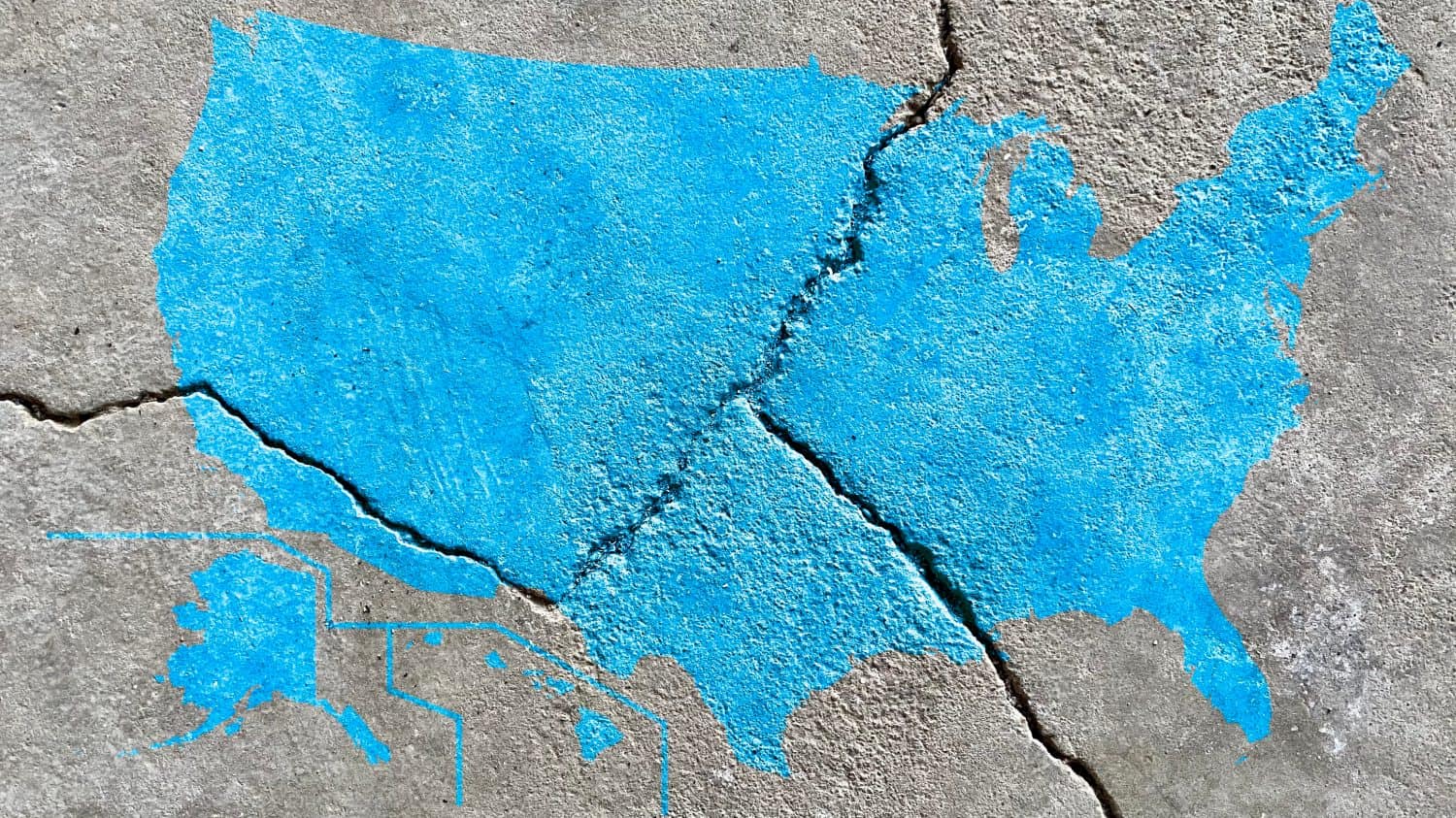
It seems that politics in our country have not been so extremely polarized since the days of the Civil War. Some people openly speculate about the possibility of another Civil War or perhaps a negotiated “peaceful divorce” that would separate the more liberal urban areas from the conservative heartland. Prolonged political deadlock in Washington, an economic collapse, a major natural disaster or war that caused chaos could all be catalysts for some states to try to control their own areas and keep their resources local. In those extreme scenarios, it wouldn’t be surprising if Texas would lead the way in states declaring independence individually or in regional groupings.
Four Federal Responses

We know in the first Civil War the U.S. government ultimately resolved the situation through military means. Afterward, the defeated Confederate states were occupied, reconstructed socially and materially, and then readmitted to the Union on a non-voluntary basis. Would this necessarily be the approach Washington would take in the 21st century? Much might depend on whether only one state were seceding or multiple ones, and how large and difficult the state might be to subdue. So Texas, of course, would have a much better shot than Vermont. Here are some ways the U.S. could respond to a secession attempt.
1. Take Them To Court

If the state tried to rebel, then Texas and the federal government would likely file lawsuits against each other and it would go to the Supreme Court for a decision. The Court would rule against secession based on clear precedent: Texas v. White (1869) ruled that states do not have the right to secede unilaterally. Would Texas respect this ruling? Maybe not. But the feds would use this as legal justification for stopping it by whatever means necessary.
2. Send in the Troops

Following such a ruling, the United States government might send federal forces into Texas to arrest secessionist leaders, including the governor and state legislators and other government employees involved in the movement.
Minimizing casualties and damage would be of utmost importance. If members of the Texas National Guard or other military units were part of the rebellion, federal forces would try to surround them and negotiate their surrender rather than attacking them directly. If firefights did break out, the federal government would unquestionably have the upper hand to prevail using precision high-technology weapons systems.
As for any nuclear weapons in danger of falling into rebel hands, the U.S. government would quickly use whatever force necessary to secure them, even though it would not be possible to detonate them without launch codes provided by the President.
3. Economic Pressure
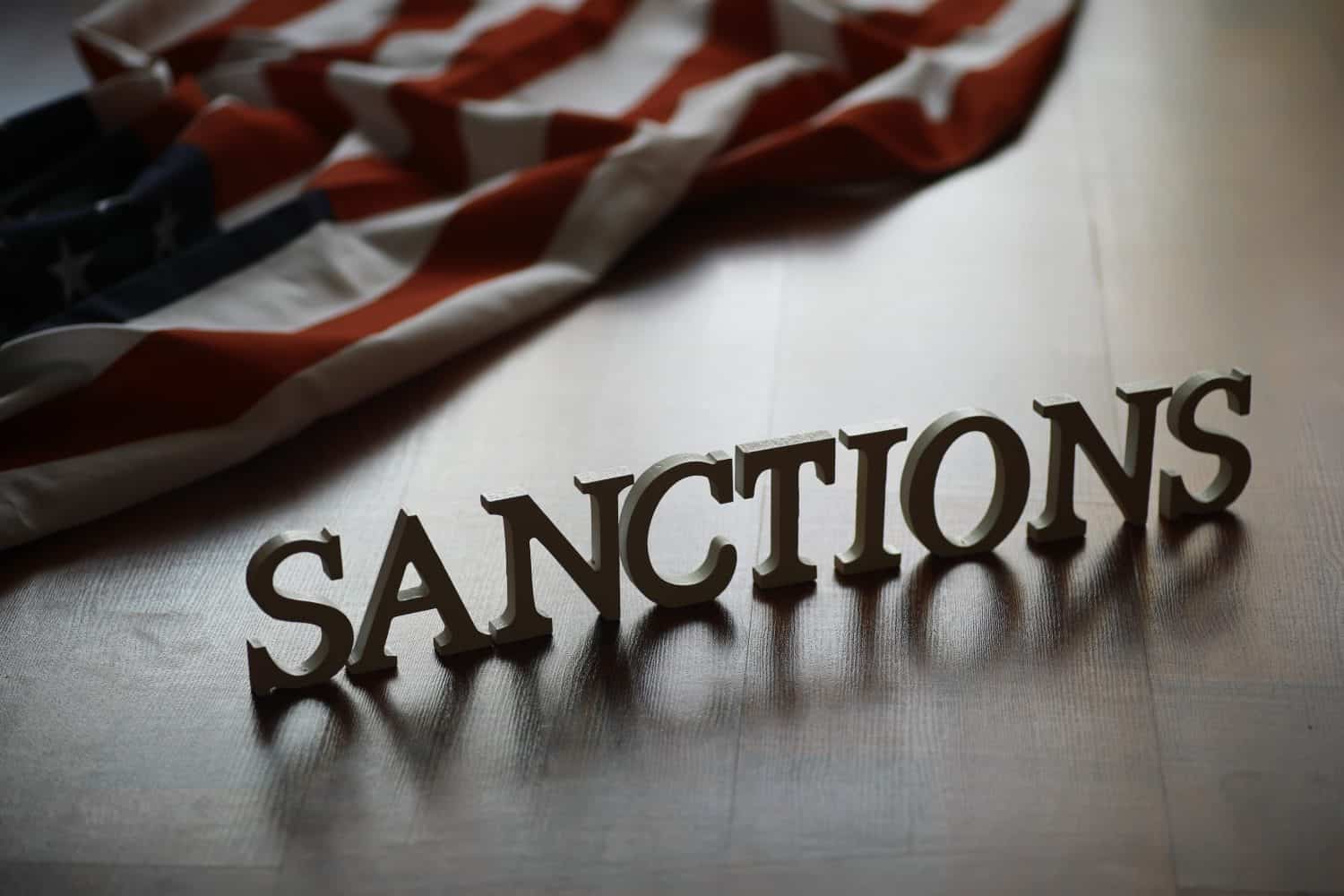
A quick bloodless coup could potentially end a rebellion overnight. Or it might not. If enough of the Texas population were sufficiently angry and determined to be free, they might engage in massive resistance to federal authorities, acts of sabotage, assassinations, and whatever armed resistance they could muster.
Unable to control such a large state and population determined to resist them, the United States could resort to economic sanctions. This might include ending all federal funds to programs in the state, sealing the borders with Mexico and neighboring states to prevent prohibited trade, and potentially even a naval blockade.
On foreign countries, economic sanctions often take a long time to work, if they work at all. On a highly developed area like Texas, however, where people are used to an exceptionally high standard of living, the sudden collapse of the economy and federal support could create a dramatic fall in the standard of living that would make a previously comfortable population become deeply disenchanted with the price of independence.
4. A Negotiated Settlement

If the resolve of Texans held firm, despite being slapped on the wrist by the Supreme Court, invaded by the U.S. Army, and thoroughly isolated and impoverished, then at some point it is conceivable that the American public would themselves start to sympathize with the Texan cause. Some might wonder why we would want them to stay if they want to go so bad. And couldn’t we have the same trade relationship with them without them having to be part of the same country? Could life go on with a “peaceful divorce” than trying to force living in the same home?
If this became the default view of enough Americans, it’s possible the President and Congress would bow to the popular will and negotiate a settlement with Texas. This might be like the free association agreements the United States has signed with several Pacific island nations. This could allow Texas to keep its trade and financial agreements with the U.S., have dual citizenship, have a U.S. military presence for security and keep the dollar as its currency. However, its internal social and economic policies and state budget would be its own business.
If Texas achieved such special privileges though, there’s no doubt California and other powerful states would follow. While some people might celebrate this as a triumph, history would most likely note it as a watershed moment in the decline and dissolution of what was once a great nation.
Get Ready To Retire (Sponsored)
Start by taking a quick retirement quiz from SmartAsset that will match you with up to 3 financial advisors that serve your area and beyond in 5 minutes, or less.
Each advisor has been vetted by SmartAsset and is held to a fiduciary standard to act in your best interests.
Here’s how it works:
1. Answer SmartAsset advisor match quiz
2. Review your pre-screened matches at your leisure. Check out the advisors’ profiles.
3. Speak with advisors at no cost to you. Have an introductory call on the phone or introduction in person and choose whom to work with in the future
Thank you for reading! Have some feedback for us?
Contact the 24/7 Wall St. editorial team.
